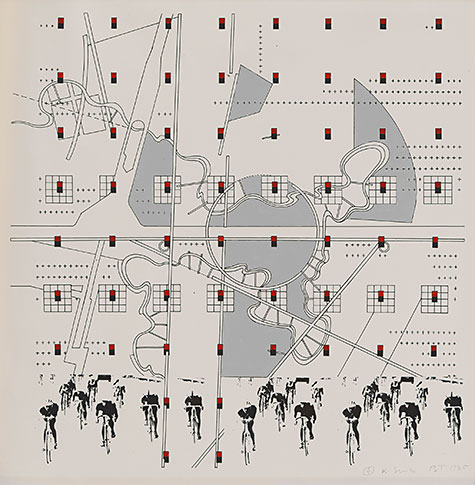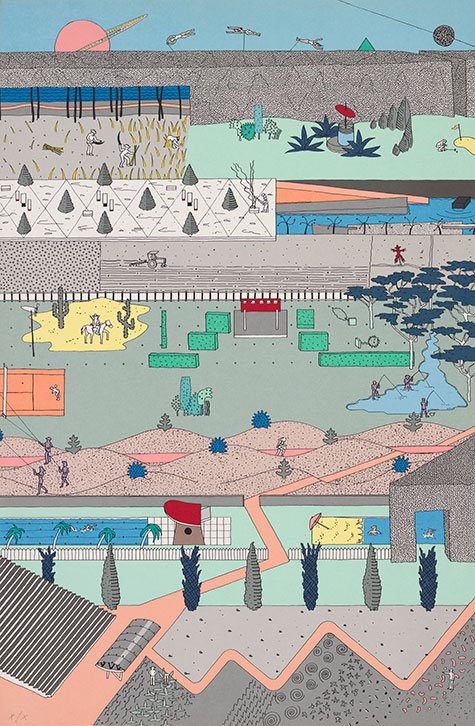
Is architecture a trade or an art?
For Alvin Boyarsky, the answer was clear. As longtime chair of the Architectural Association (AA) in London, and one of the most influential figures in 20th-century design education, Boyarsky argued that architecture was not only a profession but also an artistic venture — an open, wide-ranging practice that comprises drawing and publication as much as it engages design and construction.
This fall, the Mildred Lane Kemper Art Museum at Washington University in St. Louis will present “Drawing Ambience: Alvin Boyarsky and the Architectural Association,” the first public museum exhibition of drawings from Boyarsky’s private collection.
Featuring early formative works on paper by a generation of prominent architects — including Frank Gehry, Zaha Hadid, Daniel Libeskind, Rem Koolhaas and Bernard Tschumi — “Drawing Ambience” explores Boyarsky’s role as a collector of drawings and also, metaphorically speaking, of the ideas and people that have come to define a key moment in architectural history.
Boyarsky’s tenure at the AA — the United Kingdom’s oldest independent architectural school — coincided with a period of great transformation and experimentation. Under his leadership, from 1971 until his death in 1990, the AA helped introduce a wide range of concepts and methodologies that remain relevant today, including new ways of thinking about public space; the connections between contemporary culture and the built environment; the influence of art on architectural practice; and the importance of international, interdisciplinary dialogue.
Through a unique constellation of exhibitions, teaching studios and publication projects, Boyarsky encouraged young architects to embrace the emerging global culture and probe contemporary issues while defining their own visual and spatial languages. Central to this approach was Boyarsky’s conception of drawing, which he saw not only as a representational medium, but also a form of architectural inquiry unto itself.
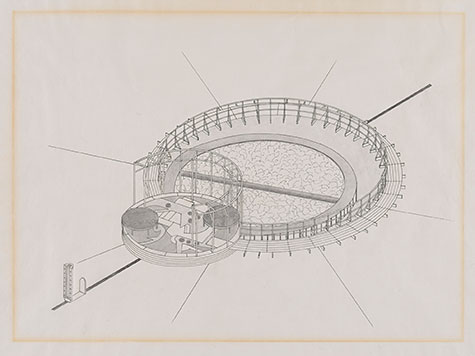
Encompassing site plans, design proposals, unbuilt works and theoretical investigations, Boyarsky’s collection reflects the collapse of a singular canon of modern architecture and the blossoming of new and varied approaches that are often grouped under the diverse and varied phrase “postmodern architecture.” Highlights range from Eduardo Paolozzi’s appropriations of pop culture, to the technological utopianism of Archigram’s David Greene and Michael Webb, to the gestural mark-making of Libeskind and Peter Wilson.
The AA of the 1970s and ’80s is often considered one of the last great centers of hand drawing to flourish before the rise of computer-aided modeling and draftsmanship. Boyarsky’s collection of architectural drawings, culled from the work of students and practitioners who passed through the school, constitutes a visual record of an important transitional moment. At the same time, its emphasis on the tactile and exploratory foreshadows the renewed interest, in our own digital age, in links between the hand and the imagination.
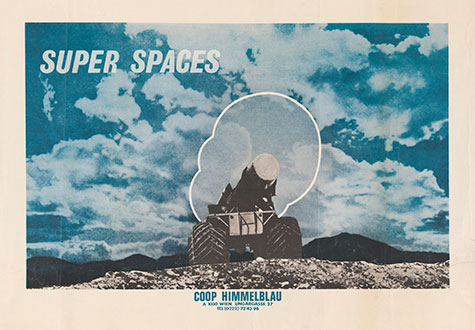
Organizers and sponsors
“Drawing Ambience: Alvin Boyarsky and the Architectural Association” is co-organized by the Mildred Lane Kemper Art Museum, part of the Sam Fox School of Design & Visual Arts, and the Museum of Art Rhode Island School of Design (RISD Museum) in Providence, R.I. It is curated by Igor Marjanović, associate professor of architecture at the Sam Fox School, and Jan Howard, curator of prints, drawings and photographs and curatorial chair at the RISD Museum.
Support for the exhibition is provided by the William T. Kemper Foundation; the Missouri Arts Council, a state agency; the Regional Arts Commission; the Graham Foundation for Advanced Studies in the Fine Arts; and members of the Mildred Lane Kemper Art Museum.
Exhibition design is by Boyarsky Murphy Architects in London.
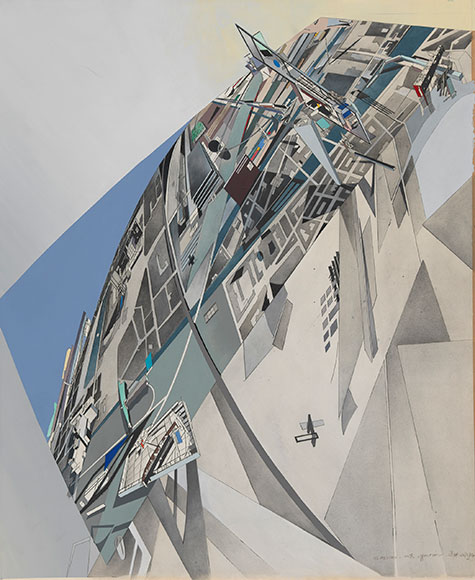
Catalog
A fully illustrated catalog will accompany the exhibition. The book situates Boyarsky’s collection within the context of his leadership of the AA and explores the medium of drawing in relation to architectural practices during the pivotal decades of the 1970s and ’80s. In addition to the feature essay, it includes critical analysis and detailed images in extended entries on each of the drawings in the exhibition, as well as personal reflections by Nicholas Boyarsky, Alvin Boyarsky’s son.
The catalog is co-published by the Kemper Art Museum and the RISD Museum. It is distributed by the University of Chicago Press.
Hours and opening
“Drawing Ambience: Alvin Boyarsky and the Architectural Association” will open with a reception at the Mildred Lane Kemper Art Museum from 7 to 9 p.m. on Friday, Sept. 12, and remain on view through Jan. 4, 2015. It will then travel to the RISD Museum, on view from April 24 to August 2, 2015.
The Kemper Art Museum is located on Washington University’s Danforth Campus, near the intersection of Skinker and Forsyth boulevards. Regular hours are 11 a.m. to 5 p.m. daily and 11 a.m. to 8 p.m. the first Friday of the month. The museum is closed Tuesdays.
For more information, call (314) 935-4523; visit kemperartmuseum.wustl.edu; or follow the museum on Facebook and Twitter.
